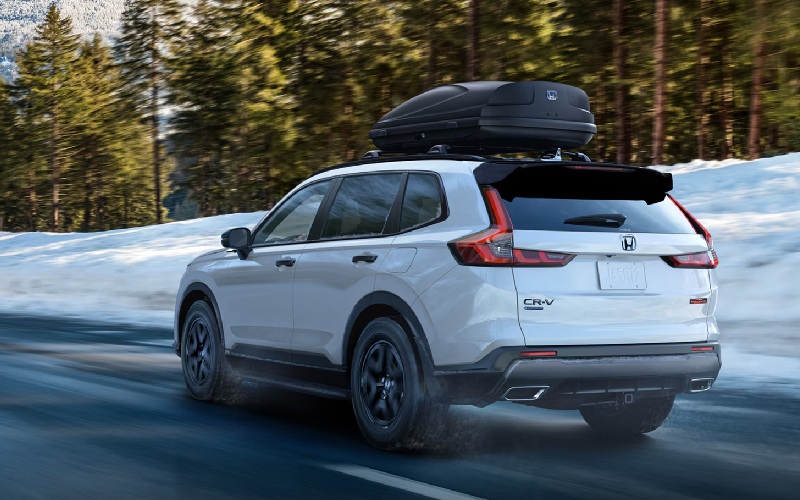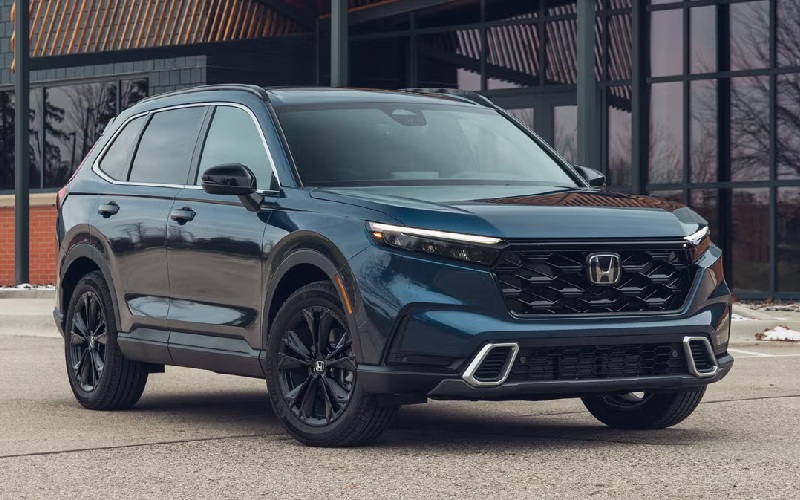Tire wear is an inevitable aspect of vehicle ownership, but uneven tire wear can significantly impact your Honda’s performance, safety, and overall driving experience. For Canadian drivers navigating diverse and challenging road conditions, understanding the root causes of uneven tire wear is crucial.

The Science of Tire Wear
Composition and Wear Mechanics
Modern tires are complex engineering marvels composed of:
- Rubber compounds
- Steel belts
- Fabric reinforcements
- Intricate tread designs
Uneven wear occurs when these components experience inconsistent stress and friction across the surface.
Primary Causes of Uneven Tire Wear
Wheel Alignment Misalignment
Camber Wear
- Vertical tilt of wheels
- Causes outer or inner edge wear
- Common in Honda Pilot and CR-V models
Symptoms:
- Pronounced wear on one side
- Visible angle when vehicle is stationary
- Reduced handling precision
Toe Misalignment
- Horizontal wheel angle
- Creates dragging effect
- Prevalent in Canadian road conditions
Indicators:
- Feathered edge wear
- Subtle pulling to one side
- Increased rolling resistance
Suspension System Issues
Worn Suspension Components
- Shock absorbers
- Control arms
- Ball joints
Impact on Honda Vehicles:
- Uneven weight distribution
- Inconsistent tire contact with road surface
- Accelerated wear patterns
Improper Tire Inflation
Pressure Variations
- Recommended pressure: 220-250 kPa
- Temperature fluctuations affect pressure
- Canadian climate extremes challenge tire maintenance
Wear Patterns:
- Underinflation: Outer edge wear
- Overinflation: Center tread wear
- 10% pressure deviation can reduce lifespan by 25%
Driving Habits and Conditions
Aggressive Driving Techniques
- Rapid acceleration
- Sudden braking
- Sharp cornering
Canadian Road Challenges:
- Seasonal road conditions
- Gravel and unpaved surfaces
- Extreme temperature variations
Rotation and Balancing Neglect
Importance of Regular Maintenance
- Recommended rotation: Every 8,000-10,000 kilometers
- Balancing ensures even weight distribution
- Critical for Honda CR-V, Pilot, and Ridgeline models
Diagnostic Techniques
Visual Inspection Methods
Tread Depth Measurement
- Use 2-millimeter gauge
- Check multiple tire locations
- Look for inconsistent wear patterns
Advanced Diagnostic Tools
- Laser alignment systems
- Digital pressure monitors
- Suspension analysis equipment
Prevention Strategies
Maintenance Checklist
- Quarterly alignment checks
- Monthly pressure inspection
- Rotate tires every 8,000 kilometers
- Comprehensive suspension evaluation annually
Environmental Considerations
Canadian Climate Impact
- Winter road salt corrosion
- Freeze-thaw cycles
- Gravel and debris accumulation
Seasonal Adaptation Strategies:
- Winter usage
- Undercarriage protection
- Regular cleaning and inspection
Technological Innovations
Emerging Tire Technologies
- Smart sensors
- Self-diagnostic capabilities
- Advanced rubber compounds
- Adaptive wear-resistant materials
Specific Considerations for Honda Vehicles
Honda-Specific Wear Patterns
- Weight distribution characteristics
- Suspension geometry
- Driving dynamics of CR-V, Pilot, and Ridgeline
Prevent Uneven Tire Wear With Proactive Management
Uneven wear is not an inevitability but a preventable condition. By understanding the underlying causes and implementing strategic maintenance, Canadian Honda drivers can:
- Extend lifespan
- Enhance vehicle safety
- Optimize driving performance
- Reduce long-term maintenance costs
Key Takeaways
- Regular inspection is crucial
- Alignment matters more than you think
- Driving habits significantly impact wear
- Professional maintenance prevents premature replacement
Your tires are the critical connection between your Honda and the road. Treat them with the care and attention they deserve.




